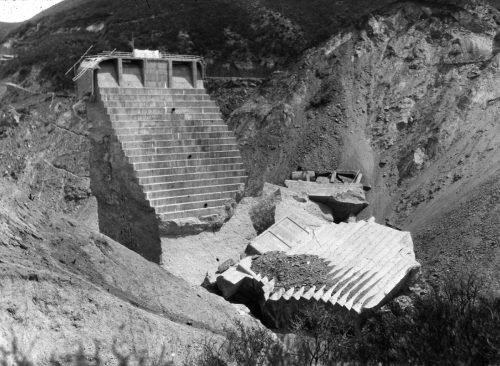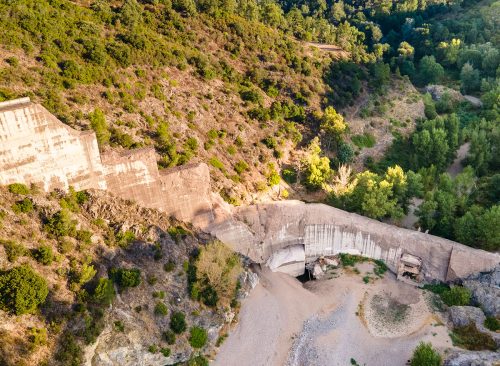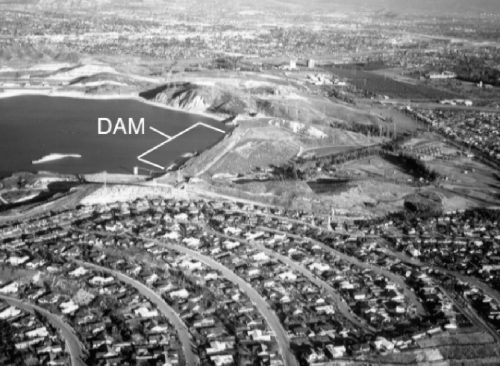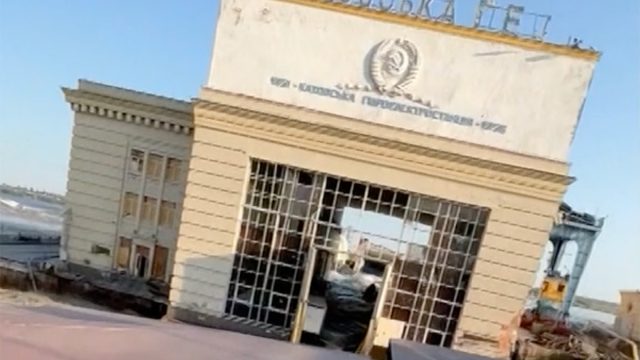5 Largest Dam Failures After Russia’s Destruction of Critical Dam in Ukraine
The failure of a large dam in the war-torn country recalls historical disasters.
An important dam in Ukraine was breached Tuesday, releasing torrents of water from a large reservoir and threatening thousands of people downstream. It’s not clear who destroyed the Kakhova dam and electric plant along the Dnipro River on the front line between Ukrainian forces and those of Russian-controlled areas in the country’s southeast. The breach recalled other dam disasters around the world. Here’s what you need to know about Tuesday’s dam failure and four historical ones.

The Kakhova dam contained a reservoir as large as Utah’s Great Salt Lake and supplied drinking and agricultural water for the region. Its failure put about 16,000 people at risk on the Ukrainian-controlled west bank of the Dnipro River in Kherson.
Ukrainian officials were evacuating residents, but no deaths have been reported so far. It’s not clear how the breach affected people on the Russian-controlled east bank. Ukrainian officials blamed “Russian terrorists” for the breach of the dam, which is in Russian-controlled territory. Russian blamed Ukrainian sabotage.

The St. Francis Dam northwest of Los Angeles failed unexpectedly on March 12, 1928, in one of the worst disasters of the 20th century. The failure, blamed on the site’s geology and design flaws, occurred only two years after the dam’s completion.
It released more than 12.4 billion gallons of water into San Francisquito Canyon and killed over 400 people. The disaster’s toll on human life was exceeded in California history only by the San Francisco earthquake and fire in 1906.

The Malpasset Dam on the Reyran River near the Riviera in France collapsed on Dec. 2, 1959, after heavy rainfall raised the level of the dam’s reservoir beyond maximum levels. The dam, which was completed in 1954, failed without warning. The resulting flood destroyed the villages of Malpasset and Bozon, killed 423 people, and washed blocks of concrete as far as a mile downstream.
The dam’s failure was partly blamed on the rainfall, inadequate surveys of a tectonic fault in the dam’s rock base, and explosives used in nearby road-building.

A landslide triggered a megatsunami that overflowed the Vajont Dam on the Vajont River about 60 miles from Venice, Italy, on Oct. 9, 1963, during attempts to fill the reservoir. The resulting flood of more than 13.2 billion gallons of water destroyed several villages and towns downstream in the Piave Valley and killed more than 2,000 people.
The dam itself remained intact and stands to this day but has fallen into disuse. Officials blamed inadequate assessment of the risks of landslides above the dam’s reservoir, which were affected by the amount of water in it.

The San Fernando earthquake of Feb. 9, 1971, damaged the hydraulic-fill reservoir system of the Lower San Fernando Dam in northern Los Angeles County, threatening to release the reservoir’s water into the valley below. The dam and its foundation liquefied and became unstable, with the dam’s upstream slope sliding into the reservoir.
About 80,000 people living downstream of the dam were evacuated in a day as the reservoir’s level was lowered. Earthquake aftershocks caused the reservoir to overflow the dam, releasing more than 72.6 billion gallons of water and resulting in 340 deaths.















